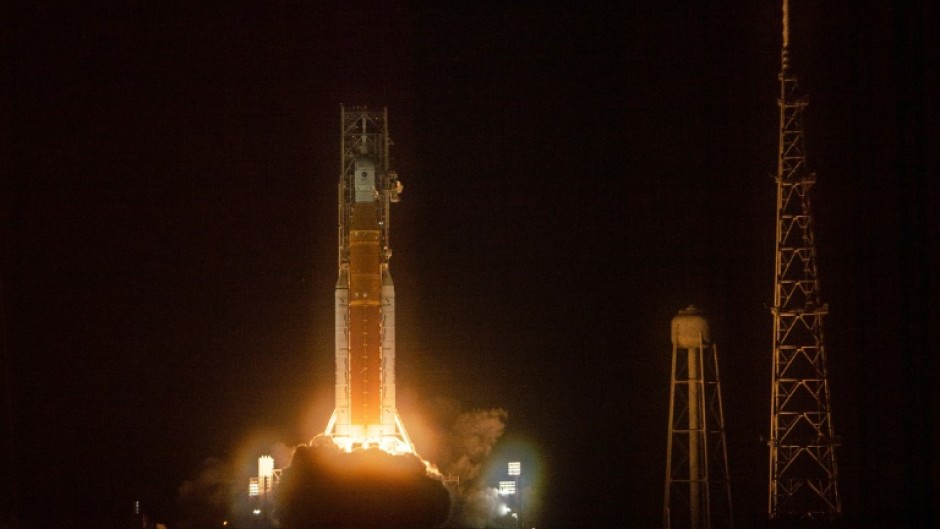NASA is holding a briefing Tuesday in which it is widely expected to push back the timeline for the Artemis missions to return astronauts to the Moon, amid delays to the delivery of key components by contractors.
Artemis, named after the sister of Apollo in Greek mythology, was officially announced in 2017 as part of the US space agency's plans to establish a sustained presence on Earth's nearest space neighbor, and apply lessons learned there for a future mission to Mars.
Its first mission, an uncrewed test flight to the Moon and back called Artemis 1, took place in 2022, after several postponements.
According to the current plan the Artemis 2 launch, involving a crew that doesn't land on the surface, is set for late this year. Artemis 3, in which the first woman and first person of color are to set foot on lunar soil, should take place in 2025 at the Moon's south pole, where NASA hopes to exploit the ice to produce rocket fuel.
NASA is also looking to build a lunar space station called Gateway where spacecraft will dock during later missions.
Elon Musk's SpaceX has won the contract for a landing system for Artemis 3 based on a version of its prototype Starship rocket, which remains far from ready. Both of its orbital tests have so far ended in explosions.
What's more, delays to Starship have knock-on effects because the spacesuit contractor needs to know how the suits will interface with the spacecraft, and simulators need to be built for astronauts to learn its systems.
"As of March 2023, NASA has obligated approximately $40 billion to 860 contractors in support of the Artemis campaign," an official watchdog report published in October 2023 said.
The report added that the space agency "does not have comprehensive visibility into the Artemis campaign's subcontractors or sub-tier suppliers," preventing it from being able to manage "numerous and ongoing" challenges to the supply chain, contributing to delays.
A key difference between the 20th-century Apollo missions and the Artemis era is the increasing role of commercial partnerships, part of a broader strategy to involve the private companies in space exploration to reduce costs and to make space more accessible.
For example, the space agency paid the company Astrobotic more than $100 million to carry important scientific probes to a mid-latitude region of the Moon.
That mission, which blasted off this weekend, looks set to fail after suffering a critical loss of fuel due to a problem with its propulsion system.

